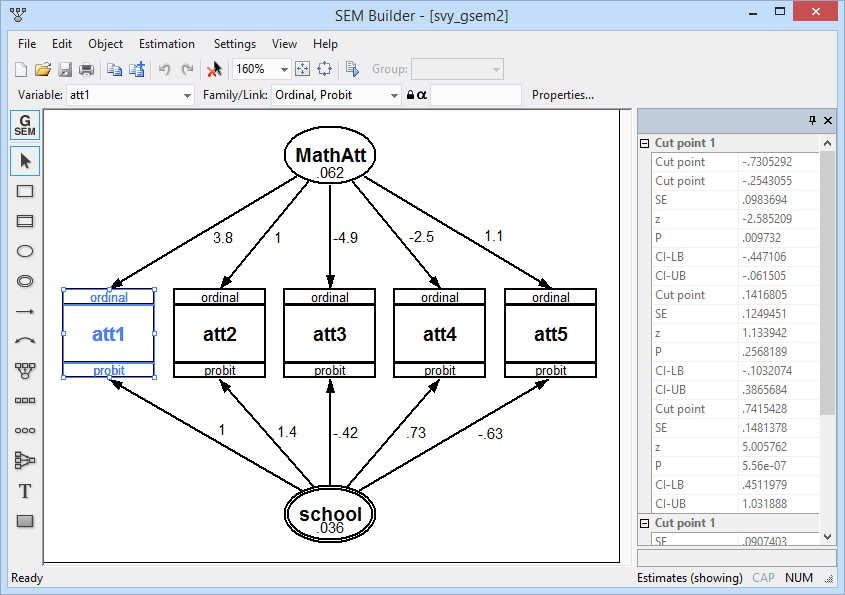

Before using svy, rst take a quick look atSVY svyset. Stata is useful: meta-analysis, survey data (you can use svyset and then.Command and allows for the use of both the test and lincom post-estimationStata is continually being updated, and Stata users are continually writing new commands. Stata tip 117: graph combineCombining graphs ngquist, Lars.
Use the svyset command to specify the variables that identify the survey.Commands. Survey design tools Before using svy , first take a quick look at SVY svyset. Once set, svy will automatically use these.

Notice that the p-value is the same as above, and that squaring the t-value yields the F-value shown above ( (-3.23)^2 = 10.45). The lincom command gives us the difference between the means (51.65351 – 55.81467 = -4.161156), the standard error of the difference, as well as the t-value and the p-value. This command should be run after the svy: means command shown above. Svy: mean write, over(female) coeflegendNumber of PSUs = 200 Population size = 10,481Prob > F = 0.0014 Method 2: Using the lincom commandWe could also use the lincom command to test the two means. We can see these labels by using the coeflegend option on the svy: mean command.
...
Test femaleRegardless of the method that we use, we obtain an F-ratio of 10.45 or a t-valueNote: This FAQ was inspired by several responses to a question on the Statalist. Svy: regress write femaleFemale | 4.161156 1.2871 3.23 0.001 1.622892 6.699419_cons | 51.65351 1.041066 49.62 0.000 49.60045 53.70658We can use the test command after the svy: regress if we would like to get the F-ratio. Below, the mean of males wasSubtracted from the mean of the females.


 0 kommentar(er)
0 kommentar(er)
